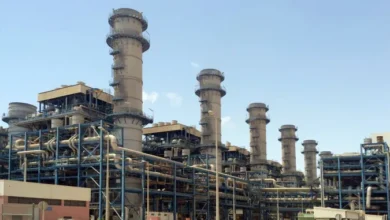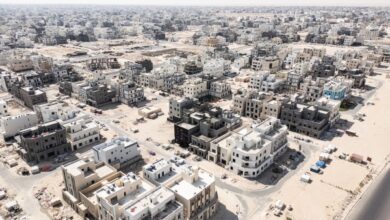Indian Premier Narendra Modi’s Transformative Leadership
Reshaping India’s political landscape, redefining its economic trajectory, a decade of assertive leadership, grassroots outreach, and an ambitious national vision

“Since taking office in 2014, Prime Minister Narendra Modi has profoundly reshaped India’s political and economic trajectory through decisive leadership, strategic reforms, and an ambitious vision of national renewal.
He has redefined the Indian political landscape with a blend of assertive leadership, grassroots outreach, and a vision of national transformation. As he continues into his third term, Modi’s political journey stands as one of the most influential in India’s post-independence history.
Among his hallmark political achievements is the abrogation of Article 370, effectively revoking Jammu & Kashmir’s special status—a move hailed by supporters as a bold step toward national integration. His government also implemented the Citizenship Amendment Act (CAA), drawing both support and criticism for its ideological emphasis on the protection of persecuted minorities.
Modi’s political strategy leveraged technology to streamline governance. The Digital India initiative brought e-governance services to millions, while the Direct Benefit Transfer (DBT) scheme helped minimize corruption in subsidy distribution, ensuring that government benefits reach the intended recipients.
A skilled orator and campaigner, Modi’s connection with the masses remains central to his political success. He maintained strong messaging through platforms like ‘Mann Ki Baat’, directly engaging citizens and reinforcing his image as a people’s leader.
Modi also elevated India’s global political stature, forging strong bilateral relations and increasing India’s influence in international forums like the G20, BRICS, and the Quad. His ‘India First’ diplomacy has balanced assertiveness with engagement, presenting India as a confident, self-reliant democracy on the world stage.
Under Modi’s leadership, India has undergone significant economic transformation. His government has focused on structural reforms, digital integration, and infrastructural investment—all aimed at positioning India as a global economic powerhouse.
One of Modi’s most significant economic moves was the implementation of the Goods and Services Tax (GST) in 2017—a unified tax system that replaced a complex web of state and central taxes. Despite early teething issues, GST has helped streamline business operations and increased tax compliance.
The controversial yet impactful demonetization drive in 2016 aimed to tackle black money, promote digital payments, and formalize the economy. While debated, it contributed to a surge in digital transactions and increased scrutiny of cash-based sectors.
Through initiatives like Make in India, Smart Cities, and PM Gati Shakti, the Modi government has driven large-scale infrastructure development. India has seen unprecedented expansion in road networks, railway modernization, and renewable energy capacity.
The Production Linked Incentive (PLI) scheme was launched to boost manufacturing across sectors such as electronics, automobiles, and pharmaceuticals, drawing foreign investment and fostering job creation.
Under the Modi government, India emerged as a digital economy leader. Programs like Jan Dhan Yojana, UPI, and Aadhaar integration revolutionized banking access and enabled real-time financial services for millions, particularly in rural areas. The success of Unified Payments Interface (UPI) has made India a global model for fintech innovation.
India’s economic resilience during the COVID-19 pandemic was shaped by the Atmanirbhar Bharat (Self-Reliant India) campaign, aimed at boosting domestic production and reducing import dependence. Despite global slowdowns, India remains one of the fastest-growing major economies, with GDP growth projected to exceed 6 percent in 2025.
India has taken steps toward greater global trade engagement, signing Free Trade Agreements with the UAE, Australia, and other nations, while strengthening ties with Western economies through the Indo-Pacific Economic Framework.













